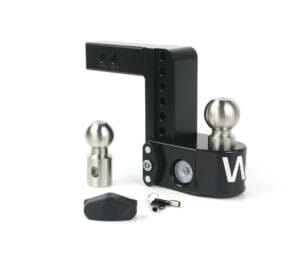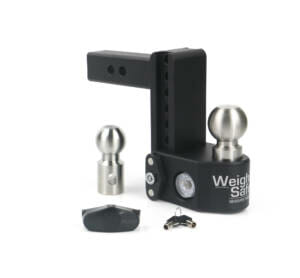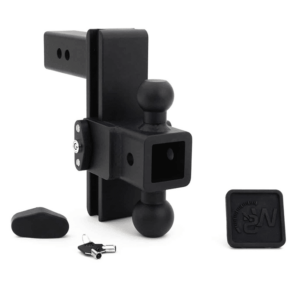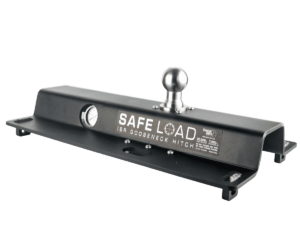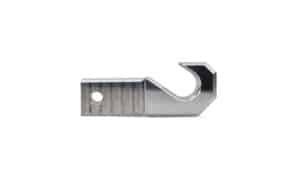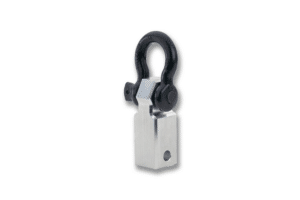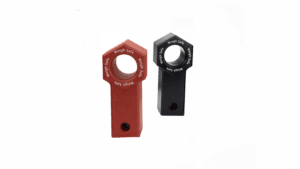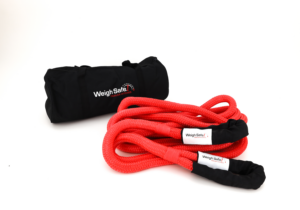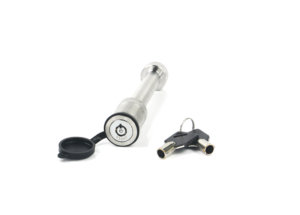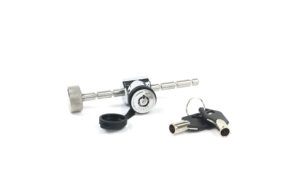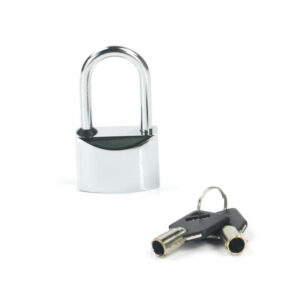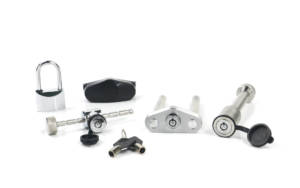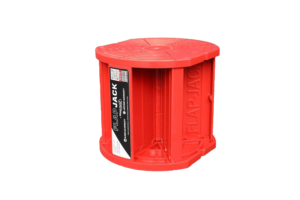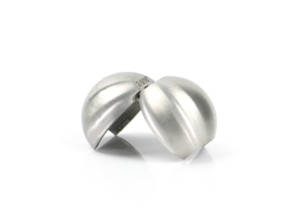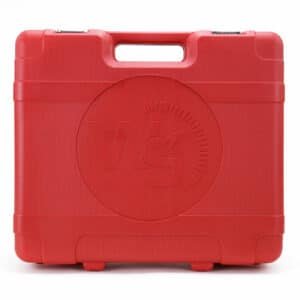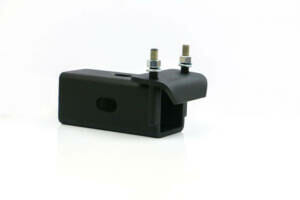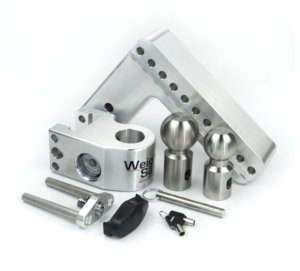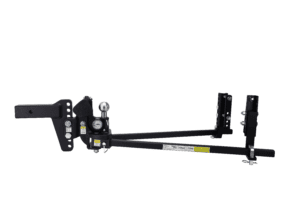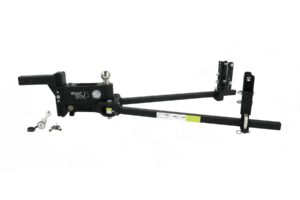Towing Education, Towing Safety
10 Things you need to know to Properly Use Lights When Towing
Towing can be a practical and efficient way to transport everything from trailers and boats to RVs and heavy equipment. However, ensuring your safety and the safety of others on the road is paramount. One crucial aspect of safe towing is the proper use of lights. In this guide, we’ll shed light on how to use lights when towing to keep your journeys secure and hassle-free.
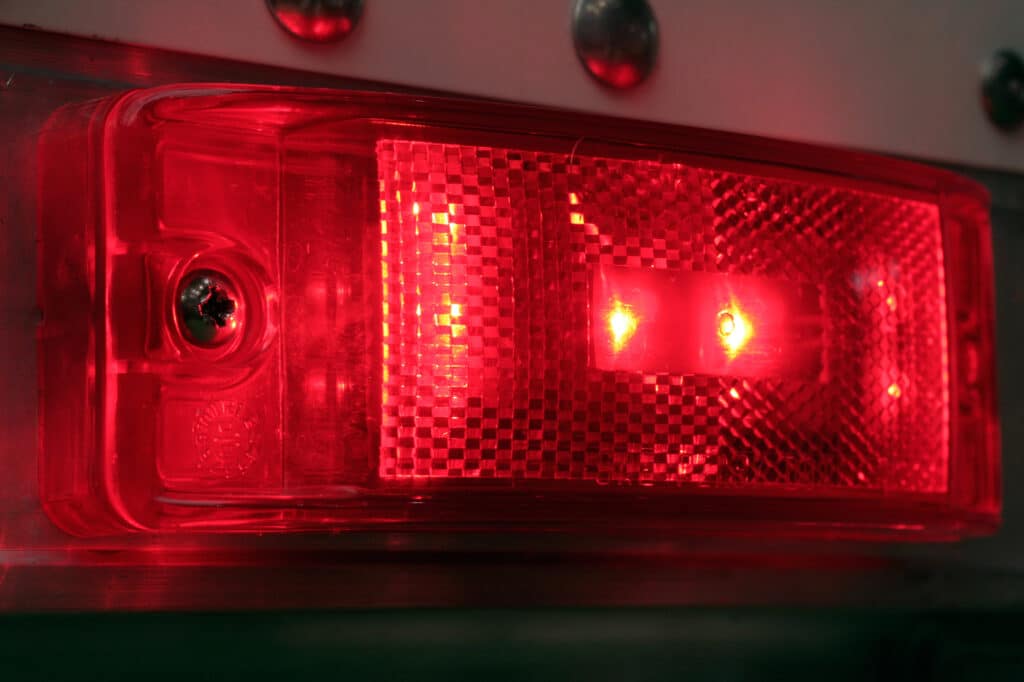
1. Know Your Lighting Requirements
Before hitting the road, it’s crucial to understand the lighting requirements for your specific towing setup. Different trailers and loads may necessitate various types of lights, such as tail lights, brake lights, turn signals, and hazard lights. Consult your vehicle’s manual and local regulations to ensure compliance.
2. Inspect Your Lights Regularly
Regular inspections are the cornerstone of towing safety. Before each trip, thoroughly check all your lights. This includes verifying that bulbs are functioning, lenses are clean and undamaged, and wiring connections are secure. A burnt-out light can be a significant hazard, so replace any faulty components promptly.
3. Use the Correct Wiring and Connectors
Proper wiring and connectors are crucial for reliable lighting when towing. Ensure that your towing vehicle is equipped with the correct wiring harness and connectors for your trailer or towed object. Make sure all connections are secure and free of corrosion, as poor connections can lead to lighting failures.
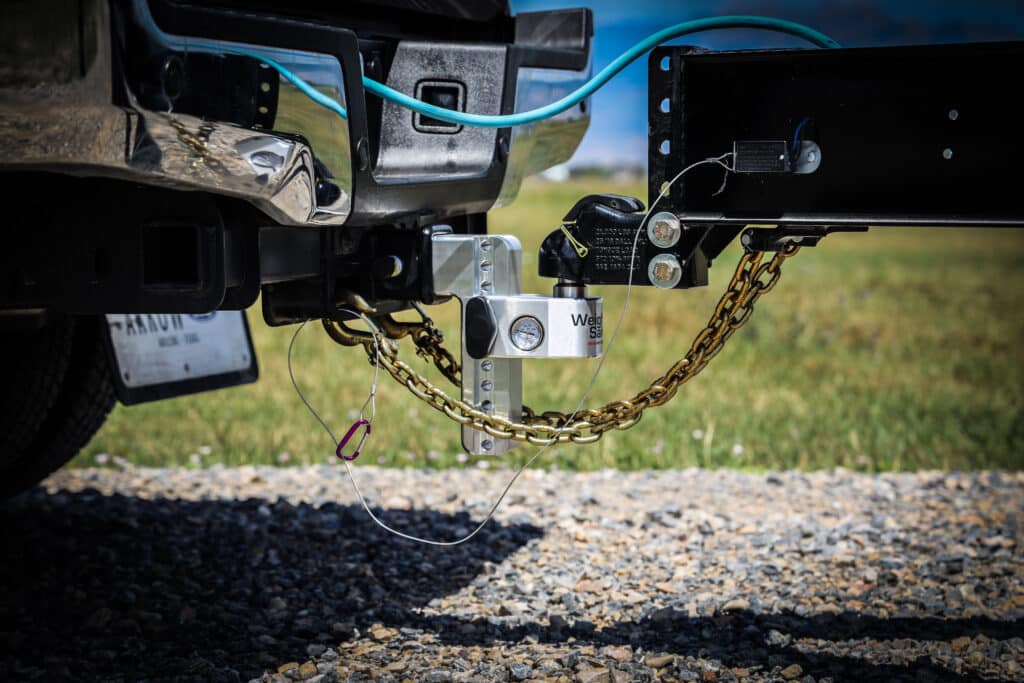
4. Properly Connect Your Trailer Lights
When connecting your trailer lights, follow these steps:
- Attach the ground wire securely to the towing vehicle.
- Connect the wiring harness to the towing vehicle’s electrical system.
- Test all lights, including brake lights, turn signals, and hazard lights, to confirm they are functioning correctly.
5. Use Extended Mirrors
When towing a wide or long load, consider using extended mirrors to ensure you have a clear view of your trailer’s lights. This helps you monitor your trailer’s lighting performance and improves overall road safety.
6. Carry Spare Bulbs and Fuses
Even with regular inspections, bulbs can sometimes burn out unexpectedly. Always carry spare bulbs and fuses specific to your towing lights to quickly address any issues on the road. Having these supplies readily available can prevent you from being caught off guard.
7. Adjust Your Lights as Needed
Before embarking on a towing journey, double-check that your lights are properly aligned. Misaligned lights can be distracting and pose a risk to other drivers. Ensure that your headlights, brake lights, and turn signals are all correctly aimed for optimal visibility.

8. Maintain Proper Distance and Speed
When towing, remember that your vehicle’s increased length and weight can affect braking distance and handling. Adjust your following distance and reduce speed to compensate for these factors, especially during adverse weather conditions or when towing heavy loads.
9. Use Hazard Lights When Necessary
In certain situations, such as when towing an oversized load, using your hazard lights can provide additional visibility to other drivers. However, be mindful of local regulations regarding the use of hazard lights and use them judiciously.
10. Seek Professional Assistance if Needed
If you’re unsure about any aspect of your towing lights or if you encounter persistent issues, don’t hesitate to seek professional assistance. A certified mechanic or auto electrician can diagnose and repair lighting problems, ensuring your towing setup is safe and roadworthy.
In conclusion, using lights when towing is not just a matter of compliance with regulations; it’s a critical aspect of road safety. By adhering to these guidelines and staying proactive in your maintenance efforts, you can help ensure a safer and more secure towing experience for yourself and fellow road users. Remember, proper lighting isn’t just about illumination; it’s about keeping everyone on the road clear when it comes to your intentions and actions. Safe towing begins with well-maintained and correctly used lights.


